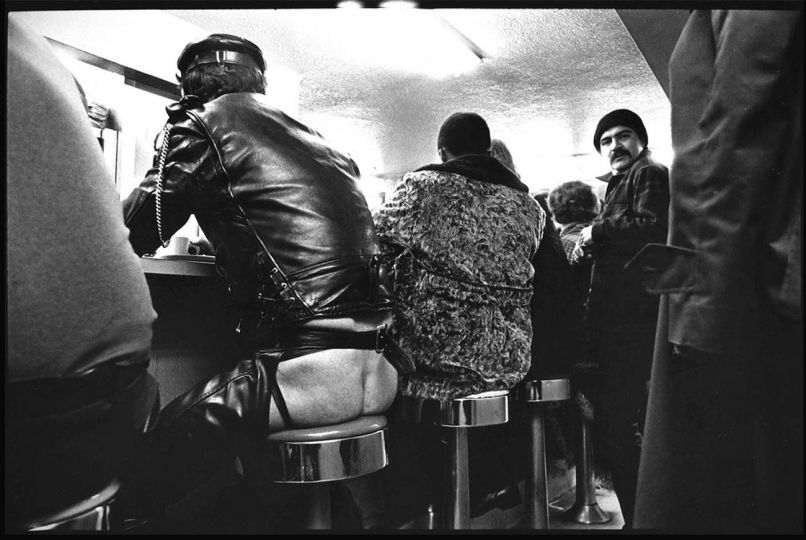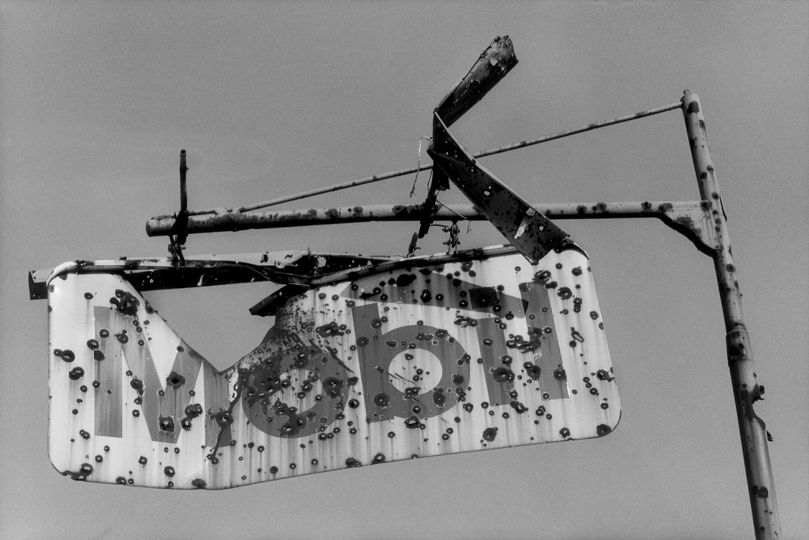A classic exercise in painting, the portrait also became a vital part of photography. In the 19th century, Nadar portrayed the Parisian bohemians. In the next century, August Sander, with his anonymous portraits, dissected contemporary German society. Later, Richard Avedon captured in his black frame figures from show business, as well as the political, economic and financial elite of the United States.
When it comes to portraits on the Internet, some users show a discipline so rigorous as to be almost scientific: they are seeking to show the passing of time. For this, there is a very simple process: take a photo of oneself every day, over the course of years, and assemble it all into a slideshow. Over the course of the video, we see subject’s face gradually morph into a person ten years older.
One of the pioneers of the genre is Noah Kalina. This American took his first self-portrait on January 11, 2000, and hasn’t stopped since. He uploaded his first video, “Everyday ,” to YouTube in 2006. It contained the first six years of his experiment.
Inspired by this video, some obsessive parents have recorded the first ten years of their children’s lives and condensed them into a 90-second video, after taking one picture a day since their birth. (http://www.youtube.com/watch?v=ejbNVWES4LI)
And sometimes , future parents, using the same approach, made a video showing the mother’s tummy growing from conception to birth in three minutes. (http://www.youtube.com/watch?v=nKnfjdEPLJ0)
These flip-books for a new generation are reaching record levels of popularity. As a sign of the ultimate pop tribute, Kalina’s video was even parodied in an episode of The Simpsons. (http://www.youtube.com/watch?v=pieSiqKtk98-)
Pauline Auzou
















